
Book Review | Star Wars: Light of the Jedi
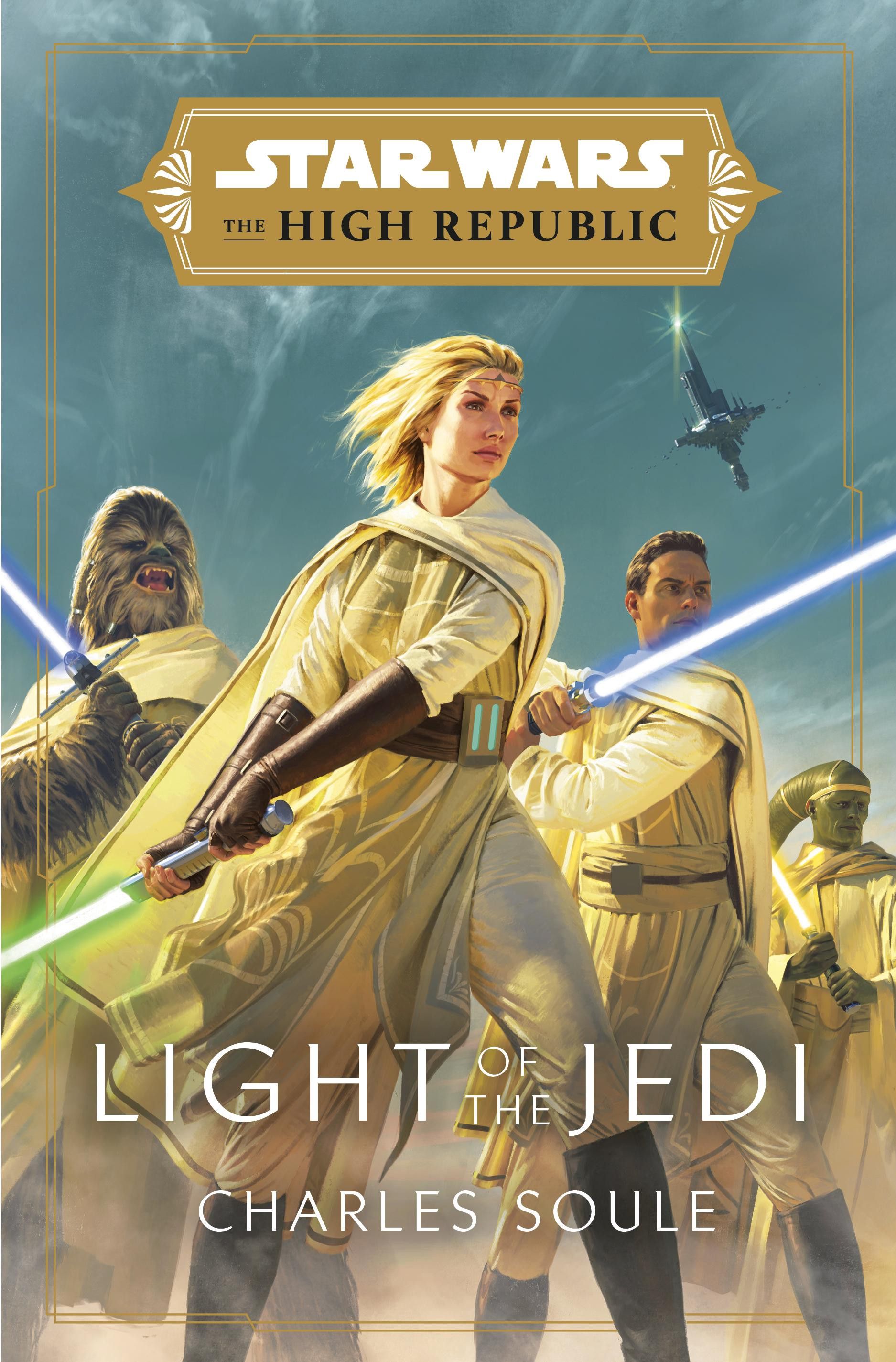
Cover: Joseph Meehan
Publisher: Del Rey
Length: 336 pages
EE Critic Score: 6/10
Light of the Jedi is the first of many planned projects in the High Republic publishing initiative. It is written by Charles Soule. This is Soule’s third novel; Soule is primarily a writer of comics, including many for Marvel’s Star Wars lines, including Poe Dameron, Darth Vader — Dark Lord of the Sith, The Rise of Kylo Ren, and the flagship Star Wars title, as of the beginning of last year. Before his career in fiction, Soule practiced law in New York.
Synopsis
While travelling through hyperspace, a freighter, the Legacy Run, encounters a mysterious obstacle, breaking apart and scattering debris throughout the hyperspace lanes of the Outer Rim, cutting many planets off from the greater Galaxy. Many pieces of debris drop into realspace in the Hetzal system, threatening the various inhabited worlds there. A contingent of Jedi Knights, who were on their way to the dedication of the Starlight Beacon, a new space station built in the Outer Rim to help cement Republic control in the region, are diverted to aid Hetzal. Through a prolonged effort coordinated by Master Avar Kriss, the Jedi are able to both save the system and the surviving passengers of the Legacy Run.
A few days later, however, more debris emerges in another system, this time destroying a world. The fleeing survivors are attacked by a group of pirates known as the Nihil. The Republic locks down hyperspace travel until the emergences can be predicted and intercepted.
The Nihil, we learn, are a coalition of three groups, all dependent on a person called the Eye, who provides secret paths through hyperspace allowing the Nihil to strike out and disappear. It was a Nihil ship, taking one of these paths, that had been the catalysts for the destruction of the Legacy Run. Marchion Ro, a man who has recently taken the mantle of the Eye from his father, recommends that the Nihil take a break from raiding to avoid attention from the Republic, who do not yet know that they were responsible for the Great Disaster. Ro will use his skills to determine when and where the future emergences will happen, and the Nihil will destroy all remaining bits of debris, hopefully destroying the ship’s flight recorder and with it evidence of their involvement.
Ro’s requests are not fully heeded by the three leaders of the Nihil. One, Lourna Dee, sends a contingent of her forces to raid the home of a family of mining prospectors, capturing them and attracting the attention of a local group of Jedi. Another, Kassav Milliko, decides to extort the people of Eriadu, demanding a large sum from them in exchange for destroying one of the emergences Ro had found. The leader of Eriadu agrees to pay, but Milliko’s gunners miss their shot. The fragment destroys Eriadu’s inhabited moon.
The Republic enlists Keven Tarr, a computer scientist from Hetzal, to model the likely paths of debris from the Legacy Run. Tarr, in turn, enlists an array of navidroids. These are successful in predicting new emergencies. Republic forces clash with Lourna Dee’s contingent of Nihil at the point of emergence for the fragment housing the Legacy Run’s flight recorder, with the Republic eventually capturing it. This, combined with interviews with recovered survivors, reveal the Nihil’s involvement to the Republic.
Ro sends Milliko to face off against the Republic battle fleet. Milliko’s Nihil fight viciously, but Ro sends strange paths to their ships, causing them to make random micro-jumps, often intersecting with Republic ships and their own alike. Milliko’s fleet is destroyed, sacrificed by Ro in retaliation for Milliko’s defiance.
Ro, whose control of the Nihil had been slipping away as his secret captive, an intuitive hyperspace prospector who is the true source of the Eye’s paths, draws near to the end of her life, takes advantage of the chaos to seize direct control of the remaining Nihil, pledging to take them galaxy-wide. Back aboard his ship, he torments a Jedi captured during Lourna Dee’s unsanctioned raid. The Jedi says that the Order will come for him. Ro welcomes such an attack.
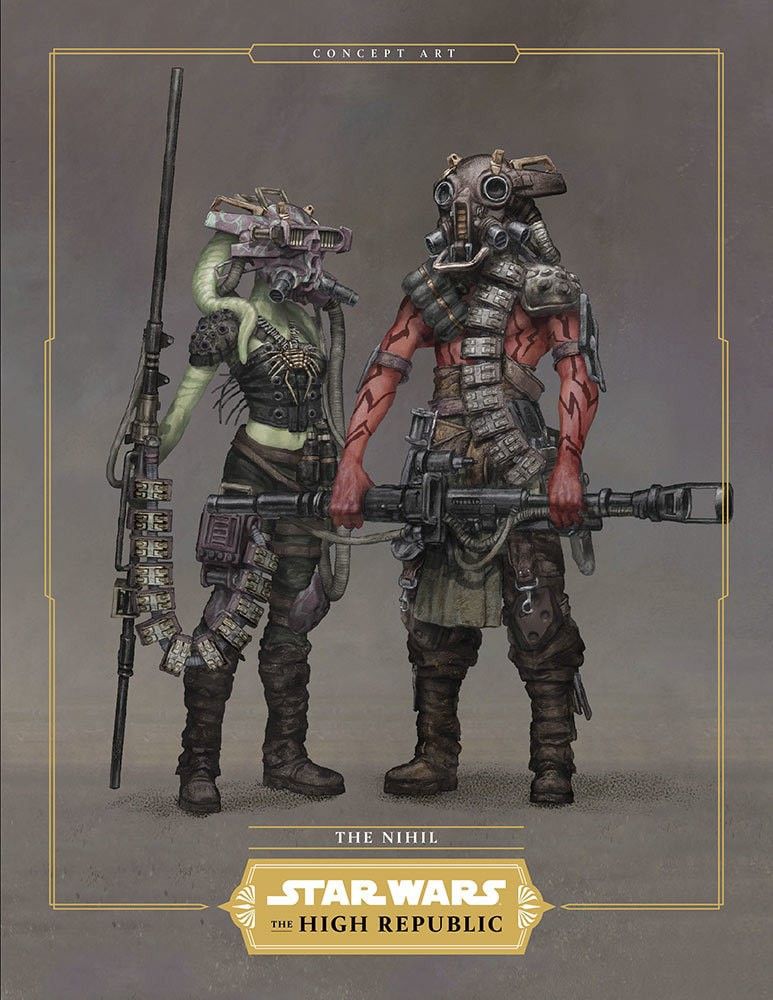
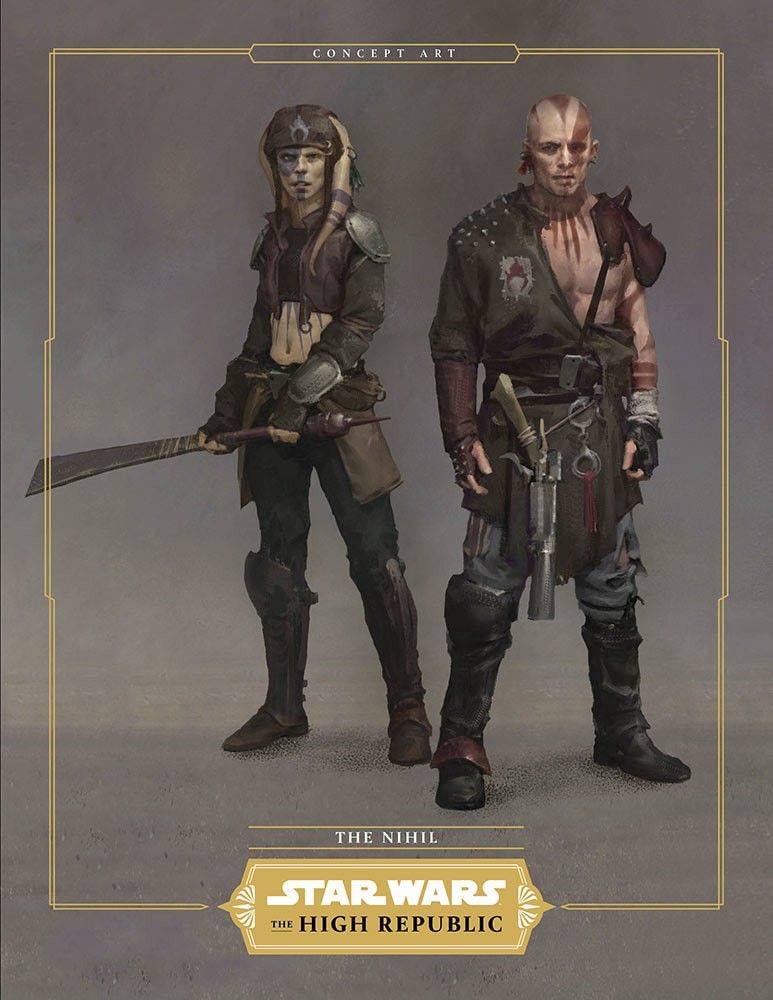
Analysis
I’m sorry to say that the High Republic era is off to a bit of a weak start with this book. I didn’t care much for it as I read it, and I like it less as I consider it. I was about three-quarters of the way through the book when it suddenly struck me what Light of the Jedi reminded me of: Roland Emmerich.
Specifically, it reminded me of Independence Day, though I understand that many of Emmerich’s films are somewhat similar. The huge cast of characters, with no real lead (mostly elite warriors and government leaders, plus a family living simply in the wilderness, and an everyman computer nerd), the highly destructive action scenes, the unsympathetic villains being fought by uncomplicated heroes, the crisis resolution that’s a bit too pat, and the general jingoistic tone are all things Light of the Jedi and Independence Day have in common. This book isn’t any sort of rip-off or homage to that film, it’s its own thing. But there are enough similarities to make me think that if this book were to be made into a film, Emmerich would be the obvious choice to direct.
A big difference between Independence Day and Light of the Jedi is that Emmerich’s film was a stand-alone story, whereas Soule’s novel is deliberately leading into the rest of the High Republic’s complement of books, comics, and whatever else we’ll be seeing. Like Avengers: Infinity War I think that it’s a bit unfair to pick at the plot for not resolving very much by the end since this book is largely just prologue. What this book really excels in is building a lot of fresh-feeling lore. The Jedi of this era are very much Jedi, but they seem distinct from the Orders of other eras. They are not the compromised Republic agents of the Clone Wars era, the reborn, fragile, but hopeful Order of the Legends post-Endor era, or the fierce, independent warlords of the Old Republic era. They are the Jedi Obi-wan Kenobi spoke of so fondly to Luke Skywalker back in A New Hope, and Soule really sells that in his writing.
Soule’s writing is generally good in this. The opening of the book, when the Great Disaster is unfolding and no one really knows what’s happening yet, is appropriately tense. A scene toward the end where a character from a desert planet associates green with mold and death rather than foliage and life was both clever sci-fi and a terrific mood setter. There are, however, a few moments of clumsiness. Take, for instance, the introduction of Elzar Mann (told from the perspective of Avar Kriss):
Elzar Mann, her oldest, closest friend in the Order, was in a Vector of his own, flying a single-person version of the ship near one of the system’s three suns. He was almost always alone. Avar was one of only two Jedi he worked with regularly — it was just her and Stellan Gios. This was mostly because Elzar was…unreliable wasn’t exactly the right word. He was a tinkerer, if that term could apply to Jedi techniques. He never liked to use the Force the same way twice. … But sometimes he failed, and sometimes he failed spectacularly. Again, never when lives were on the line, but even that bit of uncertainty, coupled with Elzar Mann’s general unwillingness to take the time to explain whatever he was trying to do…well, some in the Order found him frustrating to deal with. Avar believed that might explain his continued status as a Jedi Knight rather than a Master. She knew that bothered Elzar. He thought it was unfair.
This is the worst example of a tendency for this book to tell us everything about a character as soon as they enter a scene, leaving itself little to show us of them thereafter. It reads like the Elzar Mann character profile Soule had in his notes, translated into proper prose.
Then there’s this little scene:
Bright tapped one of his tentacles with a fingertip. “I’m Nautolan, a fact of which I’m sure you’re both aware. Green skin, big black eyes, what else would I be? What you might not know is that these tentacles of mine let me pick up pheromones from other beings, which I translate into an understanding of their emotional states. That’s how I know you two…are terrified.”
So the dialogue can be a bit weird at times, as well. I’m not really sure how someone would announce that they can chemically read people’s moods, but that still seemed a bit clunky. Again, it seemed like chunks of raw notes made it into the final draft.
The conflict between the Republic and the Nihil weirdly read sort of like old pro-colonialism stories, with the noble, civilized Republic bringing the light of peace to the wild worlds, the mindlessly savage Nihil fighting back, seeming not to know what’s good for them. There’s a bit of inversion of the original Star Wars story of expansive central power building a space station to exert control in the galaxy being opposed by an armed coalition. In A New Hope, as it would be in most modern stories, the huge, overwhelming power was the villain. Here though, the Republic is the hero, which takes a lot of the tension out of the whole thing, since the Republic is powerful, wealthy, has a bunch of wizards on call, seems totally united in the goal of taking control of the Outer Rim, where they are already quite popular. The Nihil, by contrast, are hated and feared by their neighbors, they are able to survive only through sneaking and viciousness, their leader is maintaining power through deceit, and his lieutenants show little loyalty to him. The final outcome of a conflict between the two factions is obvious, and not just because this story is a prequel to another. We know the Republic survives the war with the Nihil and goes on to encompass the whole galaxy, but even without that knowledge, I can’t see how the Nihil hope to…actually, I’m not sure what Marchion Ro and the Nihil want, besides to pillage and destroy. Ro seems like he might want to take over the galaxy, in the long run.
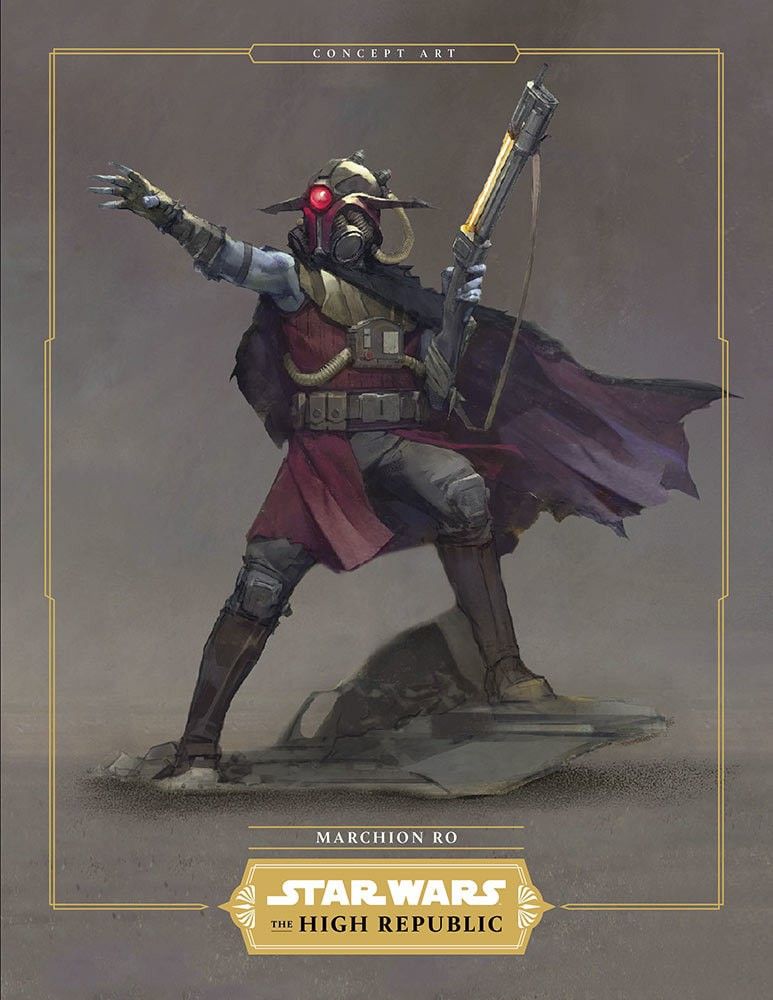
Marchion Ro is the best part of the book, actually. He’s the reason I liked this book at all, really. Ro is really the only character who isn’t given the initial character profile treatment. Rather, he’s introduced as the enigmatic path-giver of the Nihil, and we learn who he actually is and what he wants and what he does gradually. His character is developed, revealed, and expanded, not simply named, summarized, and featured. I’m interested in where his story goes from here.
One common motif in this book is the phrase “We are all the Republic”. It’s the political slogan of the sitting Supreme Chancellor, and it’s used as a common salutation. Marchion Ro takes off on it when he declares “We are all the Nihil”, which, in context, meant that all the Nihil were to follow his authority. There’s been a fair bit of speculation that Chancellor Lina Soh is going to be a secret villain later, due to the similarity between her vision for the Republic and what eventually came as the darker vision of the Empire. I don’t think that will be the case; I think it’s just an indication that the seeds of the Empire were already present in the Republic, even centuries before Palpatine came along. I’m hoping that, having seen the idealistic leadership of the High Republic, that we’ll be able to see a bit of contrast with the realities of their government as it expands into new territory in later works.
The “Great Disaster” seemed resolved by the end of this book. That’s understandable, given the efforts we saw to end it, but I had understood that it would be a backdrop for the High Republic era’s stories. It seems that the actual backdrop might be war with the Nihil instead.
And one final observation: this book has no named droid characters. That’s not completely unique in Star Wars books, but I noticed it because the video announcement for the High Republic mentioned that the authors wanted to include droids.
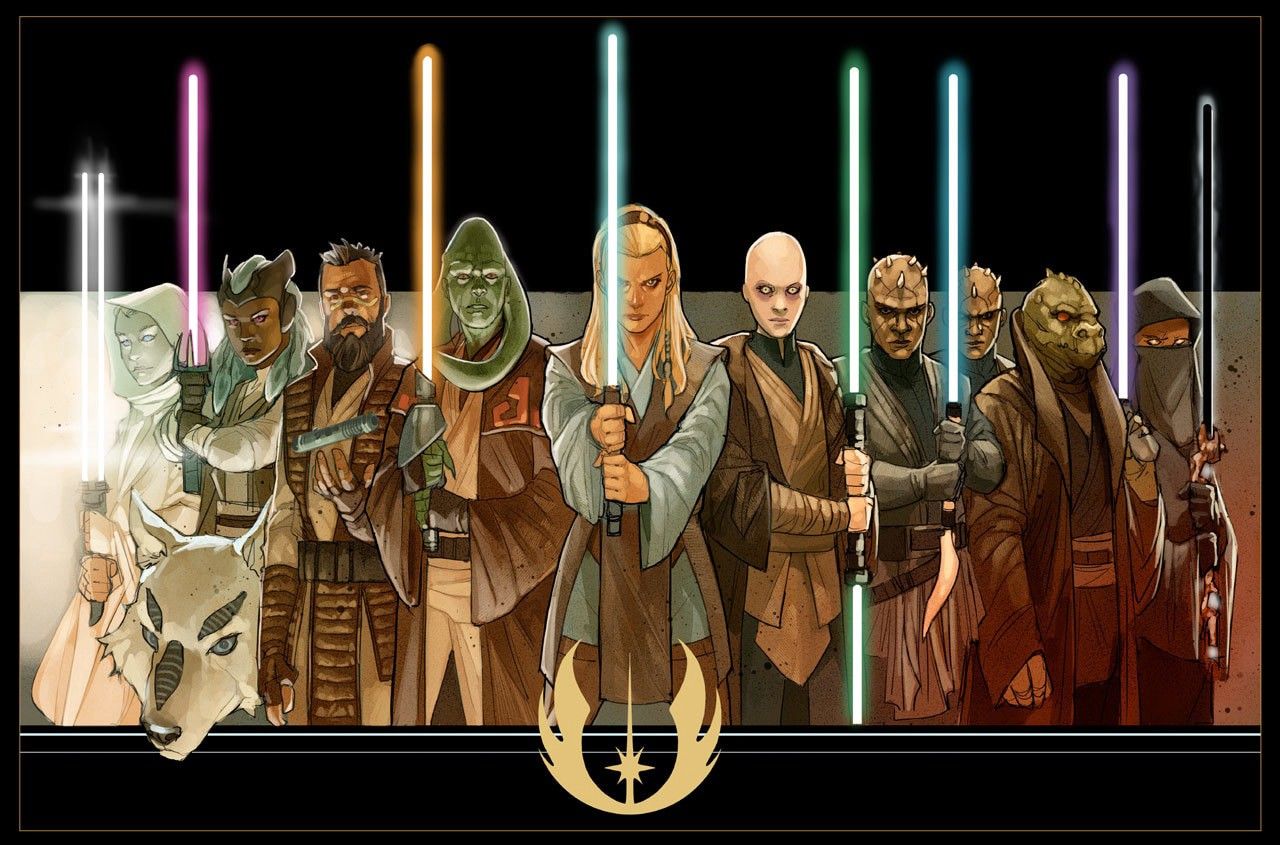
Recommendation & Rating
While I read this without ever feeling like I should quit mid-way through, I have no real desire to read it ever again. Its strength, and its purpose, really, is in its world-building. A lot of the recent books since the Disney buyout haven’t really had a lot of world-building, so I can see why this book has gotten such a strong reception. But to me, world-building by itself is not enough to make a good book. Light of the Jedi’s plot is inconclusive, its writing is inconsistent, and its characterization is bare-bones for most of its expansive cast. But mine seems to be the minority opinion; this book has reviewed well and sold well. Many people love it, and in light of that, I can’t really say that you won’t just because I didn’t.
I’ll be perhaps a bit generous with my rating considering that this book is but the first part of a much larger whole. I think this book mostly succeeded in what it set out to do, albeit not excellently.
6/10 — More positive than negative. Has significant failings, but is overall an enjoyable experience. A tentative general recommendation is given.

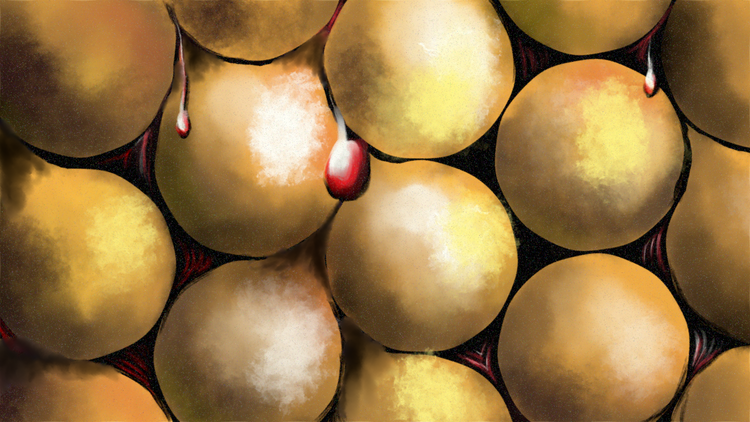



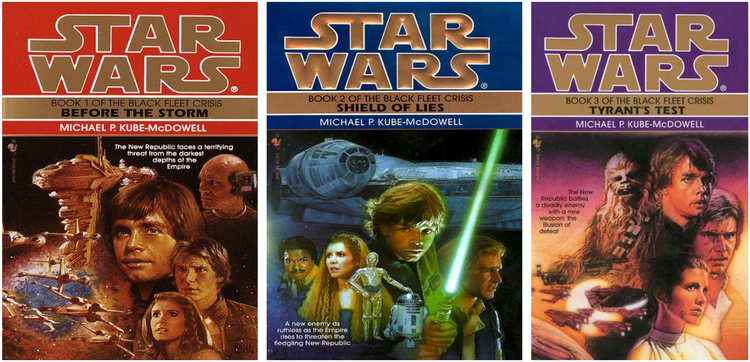
Member Commentary